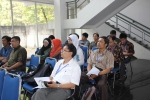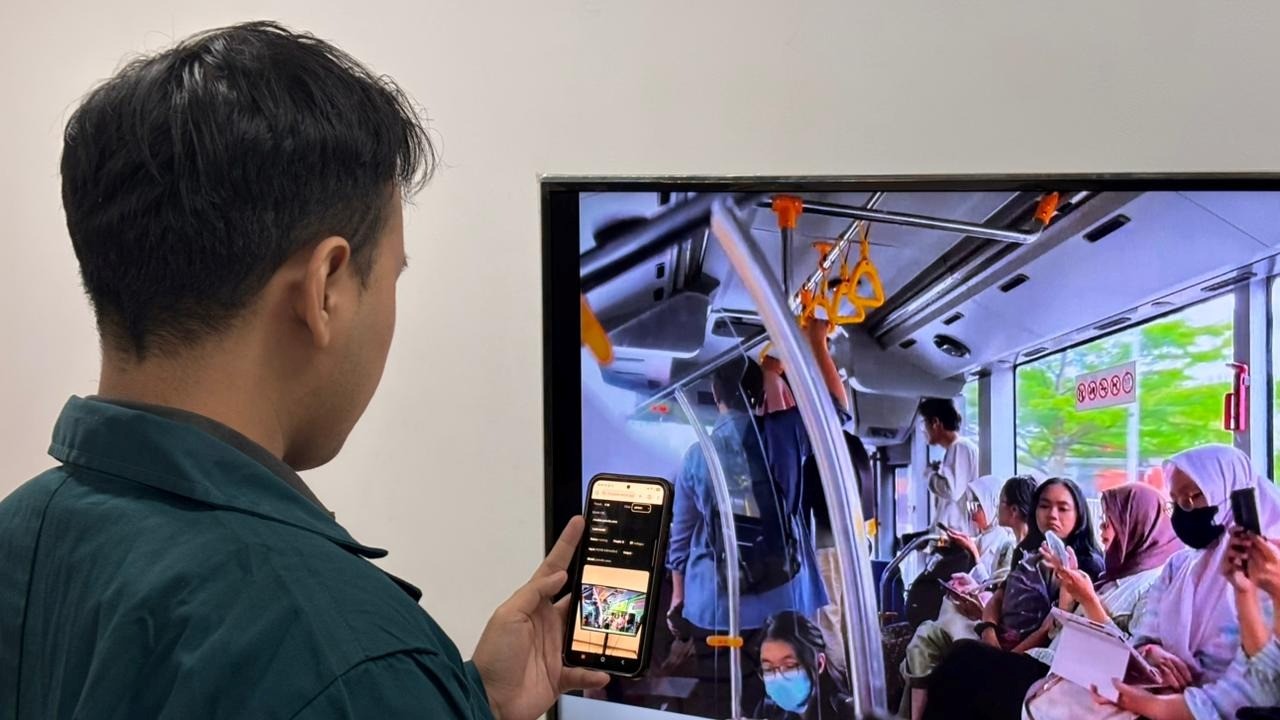Artworks in Public Space
By Adi Permana
Editor Adi Permana
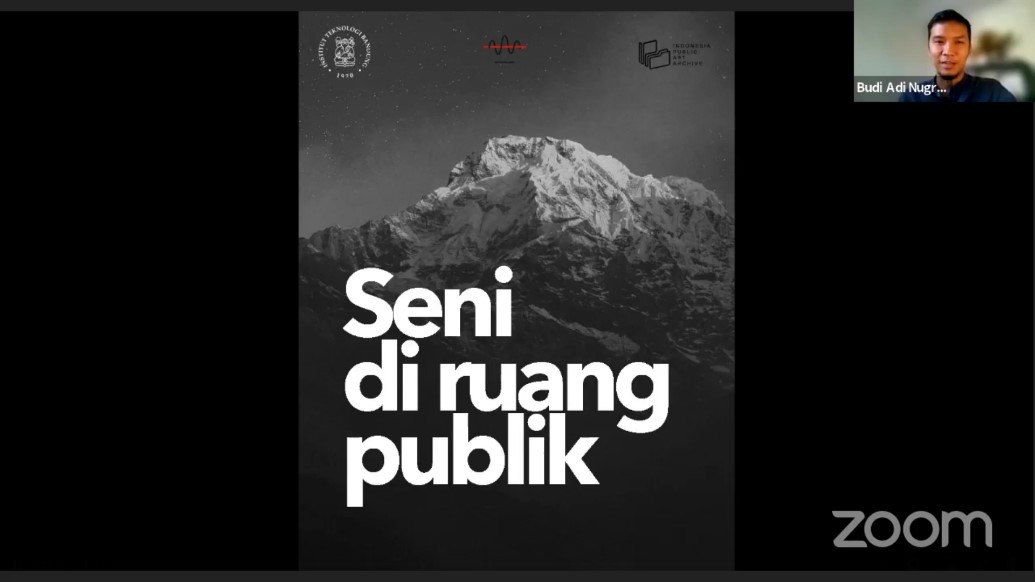
BANDUNG, itb.ac.id--An exciting discussion of artworks in public spaces was discussed in an art exhibition entitled "Poros" on Thursday (26/8/2021) held by the National Gallery of Indonesia. This event was attended by several exhibition curators such as Suwarno Wisetrotomo, Asikin Hasan, and Rizki A. Zaelani. The ITB Faculty of Arts and Designs (FAD) lecturer, Budi Adi Nugroho, also participated in the discussion.
Public space is an open, semi-enclosed, or closed space that at least the public can access. Artworks in public spaces are works of art that use various materials designed and placed outside the exhibition space (gallery and museum).
The artworks we often see in public spaces are sculptures. Suwarno Wisetrotomo tried to reveal the issues behind the beauty of the monuments and statues that are frequently encountered.
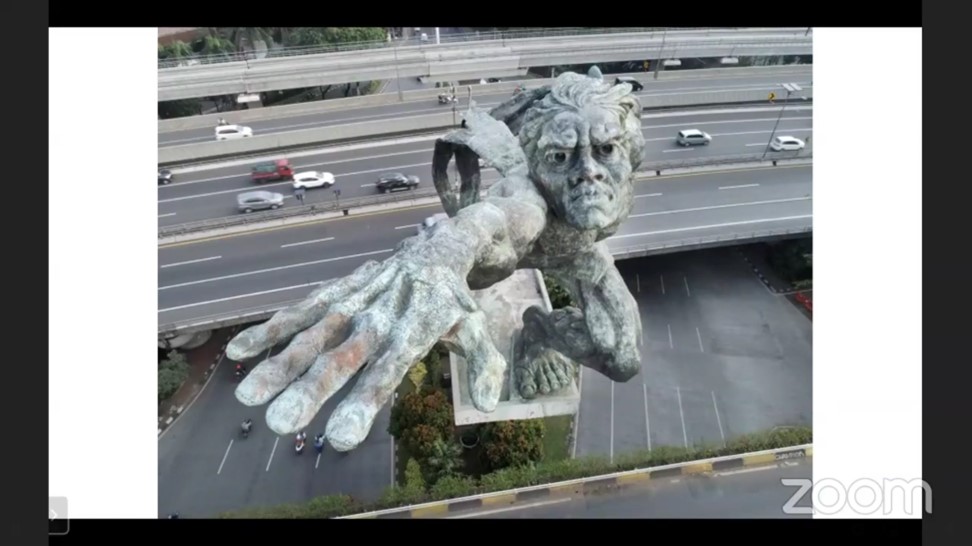
Dirgantara Monument, often known as Tugu Pancoran, was commissioned by the first President of the Republic of Indonesia, Ir. Soekarno, during Indonesia's tough situation. However, he wanted to present it as a place marker and prove Indonesia's presence to the world through his art. Seeing this monument represents the nationality, spirit, and society of the early Indonesian people.
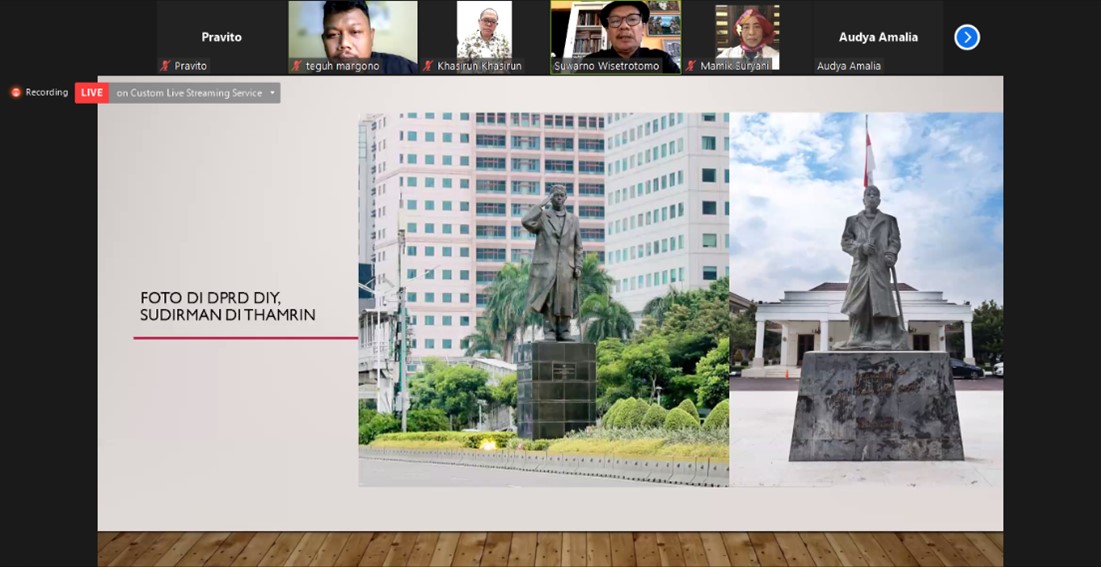
*On the right of the image is a statue of General Sudirman by Hendra Gunawan on Jalan Malioboro, which was created as an artwork, not a monument. While on the left is the General Sudirman Statue by Sunaryo on Jalan Thamrin, which is intended as a monument.
"Not all artworks in public spaces linked with national history. But it is important to pay attention to the public aspect. At least there is citizen participation in marking a public space," explained Suwarno.
Continuing Suwarno, Exhibition Curator Asikin Hasan tried to explain the positive side behind public space artworks. There were often controversies, dissents, and debates throughout the 60 years of making monuments in Indonesia. However, it is fascinating because it proves that the public space is a space for democratization. Everyone can have an opinion.
The third presentation was continued by Rizki A. Zaelani or often called Kiki. On that occasion, Kiki addressed the interpretation of artworks in public spaces from the observer's or audience's side. According to him, the meaning of "public" now means not only observers/audiences who can enjoy works of art only from one side but also from various ways thanks to the existence of technology.
In the "Poros" exhibition, he and his team made a replica of the female side of The "Patung Pak Tani" or the farmer soldier or militia statue and reconstructed it in shape. It was done by digital scanning technique with a computer to become a statue in digital data. Then it was made into a model statue using the 3D printing technique by the great Exhibition Curator Nus Solomon.
According to Kiki, various problems behind works of art in public spaces are common in daily activities. When a work formed by ??an artist's idea is placed in a public space, it will bind a unified narrative; then, it is called a monument.
"Sculpture secretly teaches us how we deal with differences and conflicts that we can live with because we experiment with them in everyday life. Thus, differences and conflicts become monuments of life," said Kiki.
Budi Adi Nugroho, FAD ITB Sculpture Studio lecturer, also gave his opinion in the discussion. In his section, Adi discussed things that will happen to the development of artworks in the public space in the future and divided them into three points of view. First, political interests and regional autonomy. Second, monumental and temporary material. Third, physical and virtual space.
He said that he had never imagined how we could enjoy art virtually as it is today. However, dynamic conditions make the impossible possible. Especially in art, nothing is impossible. Now, only technology can be an intermediary between us as observers and art as the object we observe.
Reporter: Pravito Septadenova Dwi Ananta (Geological Engineering, 2019)
Translator: Zahra Annisa Fitri (Urban and Regional Planning, 2019)

.jpg)
.jpg)
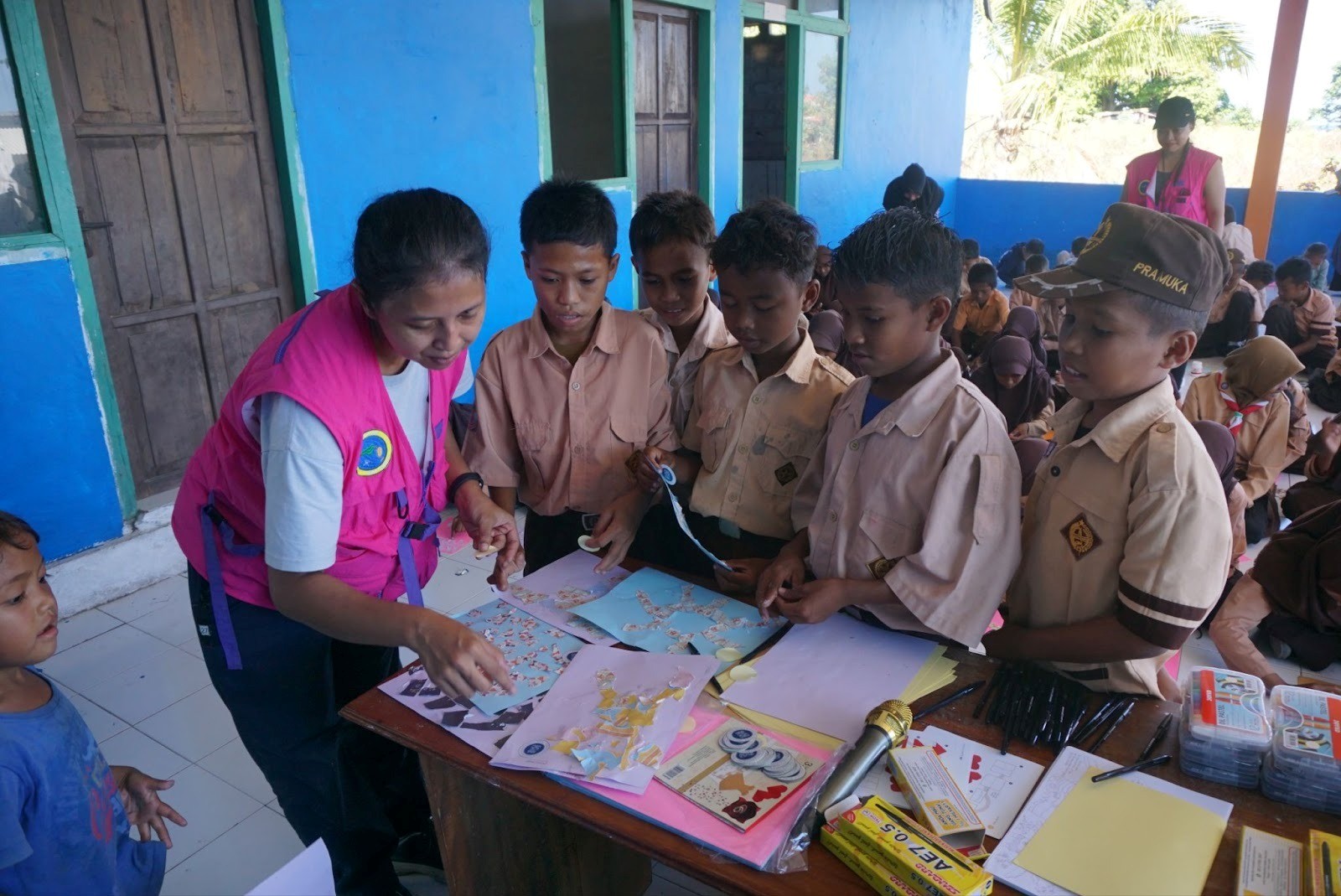

.jpg)
